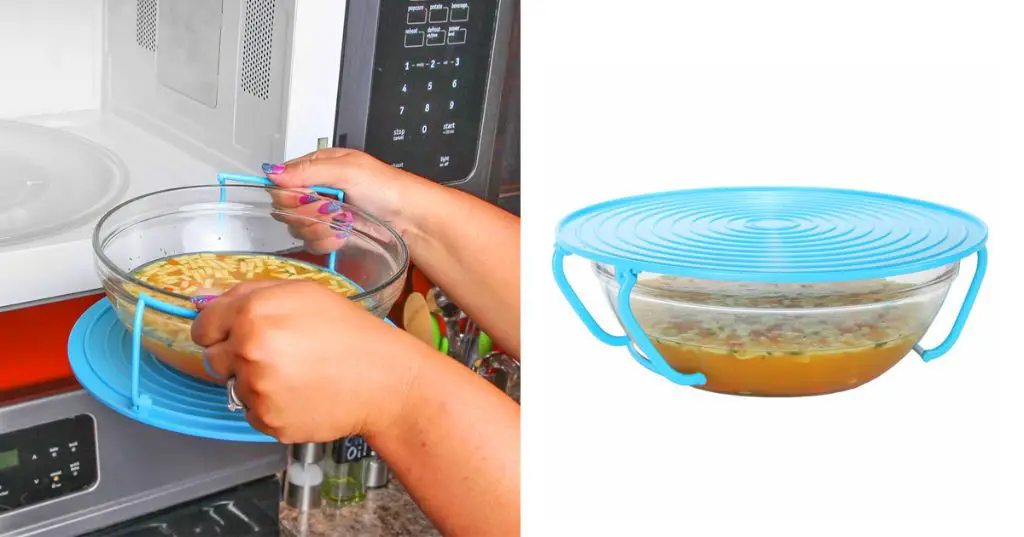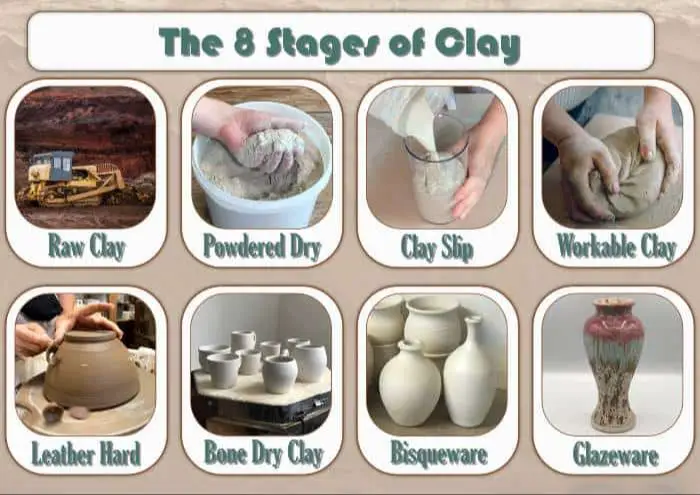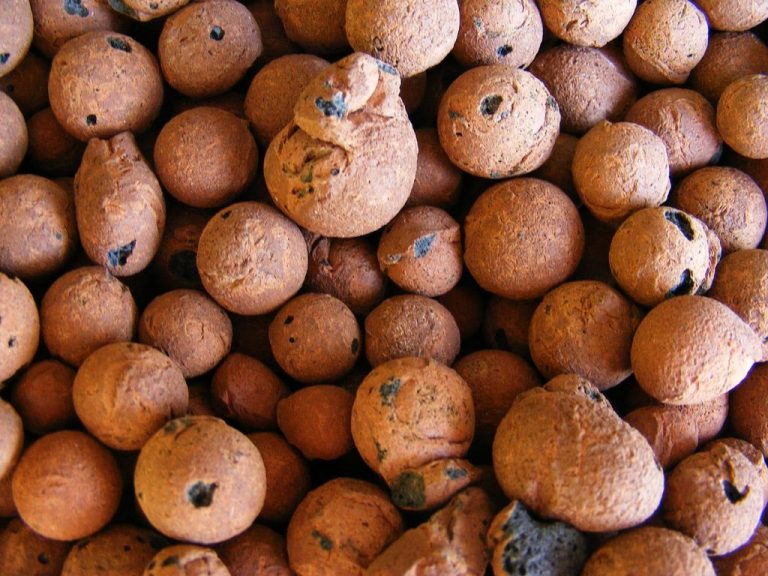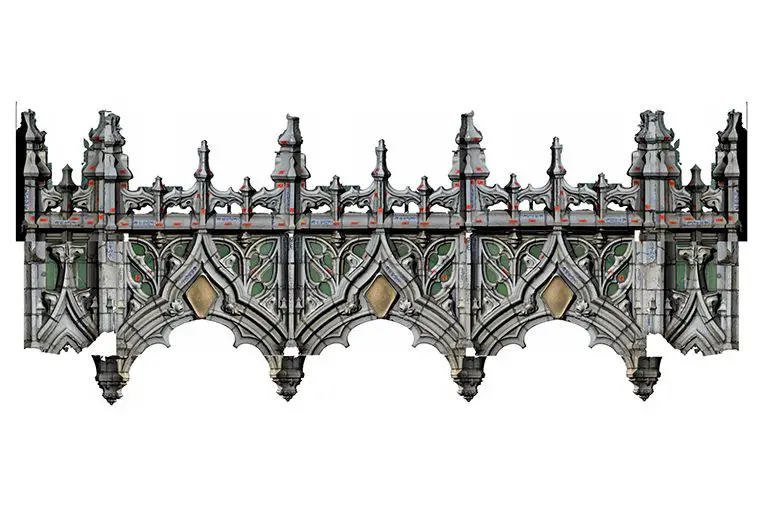Is Porcelain Or Ceramic Better In Microwave?
Microwaves have become a ubiquitous kitchen appliance in modern households. However, not all materials are suitable for microwave use. Heating certain materials like metal or plastic can be dangerous and lead to fires or release toxic fumes. When selecting cookware and dinnerware for the microwave, it’s important to understand how microwaves heat food and which materials are microwave-safe.
Two popular material choices are porcelain and ceramic. Both have their advantages and disadvantages when used in the microwave. This article will provide an in-depth comparison of porcelain vs. ceramic for microwave use in order to help readers make an informed decision.
Definitions of Porcelain and Ceramic
Porcelain and ceramic are both made from clay that is shaped and then fired in a kiln, but they have some key differences in their composition and production process.
Porcelain contains a higher percentage of kaolin clay mixed with feldspar and quartz, resulting in a finer, denser, and more durable final product. According to this source, porcelain is fired at very high temperatures between 2,200°F and 2,500°F to fully vitrify and become non-porous. This makes porcelain less prone to moisture absorption and staining.
Ceramic is made from red or white clay mixed with water and ceramic materials like sand or quartz. It has a more porous, coarse structure than porcelain. Ceramic is generally fired at lower temperatures from 1,800°F to 2,100°F. As a result, ceramic is lighter, softer, and more prone to chipping or cracking than porcelain (Source).
There are many specific types of ceramic and porcelain products, like ceramic tiles, porcelain dinnerware, ceramic pottery, and porcelain figurines. But in general, porcelain is considered higher quality and more durable due to its refined composition and high-temperature kiln firing process.
Microwave Heating Principles
Microwaves heat food by interacting with water molecules in the food. When exposed to microwave energy, the polar water molecules rotate and vibrate from the rapidly changing electric fields, creating molecular friction that heats the food [1]. Microwaves are tuned to the resonance frequency of water molecules, allowing efficient energy transfer [2].
The heating occurs from the inside out. The molecules on the interior heat first and transfer heat outward. This allows food to be heated without overcooking the exterior. However, heating is not always even due to differences in water content. Areas with more water absorb more energy and heat faster [1].
Thermal Properties
Ceramic and porcelain tiles have differences in their thermal properties that affect how they perform in a microwave. The main thermal properties to examine are thermal conductivity and heat capacity.
Thermal conductivity measures how well a material conducts heat. Materials with high thermal conductivity heat up quickly. According to Warmup, both ceramic and porcelain tiles have high thermal conductivity. However, porcelain has higher thermal conductivity than ceramic.
Heat capacity measures how much heat a material can absorb before its temperature rises. Ceramic has a lower heat capacity than porcelain. This means ceramic heats up faster than porcelain when exposed to microwave radiation.
In summary, porcelain has higher thermal conductivity and heat capacity compared to ceramic. This means porcelain generally heats more evenly and gradually in the microwave, while ceramic heats up faster with potential hot spots.
Microwave Safety
When considering if something is safe for microwaving, two key factors are metal contamination and thermal shock resistance [1] [2].
Metal materials like aluminum foil or metal trim can cause arcing or sparks in the microwave, leading to potential fire hazards or damage to the appliance. Metal contamination in ceramics or porcelain may come from metallic paints or glazes [3].
Thermal shock resistance refers to a material’s ability to withstand sudden temperature changes without cracking or breaking. Materials like glass or ceramics with low thermal shock resistance may shatter when microwaved due to rapid heating. Porcelain’s higher thermal shock resistance makes it safer [2].
Porcelain in Microwaves
Porcelain heats food evenly and effectively in the microwave due to its semivitreous, nonporous body that allows microwaves to pass through and excite water molecules in food. According to the Williams-Sonoma website, their Apilco Tradition Porcelain Dinnerware is rated microwave-safe.

However, porcelain’s low thermal shock resistance means it can crack or shatter when subjected to sudden temperature changes. Care should be taken to avoid thermal shock by preheating porcelain slowly at lower power before cooking at high power. Allowing gradual, even heating prevents damage from uneven expansion.
Examples of porcelain products often microwave-safe include plates, mugs, bowls, and dishes made specifically for microwave use. Solid porcelain with no metal trim is generally considered safe, but any item should be checked for the microwave-safe label to be certain.
Ceramic in Microwaves
Ceramic dishes are generally considered safe for use in the microwave. Ceramic is able to absorb microwave energy and convert it into heat, allowing food to be cooked effectively (source). However, there are some factors to consider regarding microwave performance:
Heating Performance: Ceramic heats food relatively evenly and consistently in the microwave. However, some ceramic contains minerals that absorb less microwave energy, resulting in slower heating (source). Dense stoneware ceramics tend to heat better than porous earthenware.
Thermal Shock Resistance: Ceramic has fairly good thermal shock resistance, meaning it can withstand rapid temperature changes without cracking. However, thermal shock can occur if very hot food is placed in a cold ceramic vessel. It’s best to pre-heat ceramic briefly before adding hot food.
Safe Ceramic Examples: Glazed ceramic, porcelain, stoneware and bone china are generally deemed microwave-safe options. Unsafe ceramics include those with metallic paints or decorations which can arc (source). It’s best to check the manufacturer guidelines and any microwave-safe labels.
Comparisons
When it comes to heating in the microwave, porcelain and ceramic have some key differences. Porcelain tends to heat up faster and more evenly than ceramic in the microwave due to its higher thermal conductivity and lack of air pockets (Gessato). The smooth glazed surface of porcelain also makes it easy to clean after microwave use. Ceramic can develop hot spots in the microwave and may require extra care when removing to avoid burns.
In terms of durability and long-term use, porcelain generally lasts longer than ceramic if cared for properly. Porcelain is less porous than ceramic, making it more chip and scratch resistant (Unifury). However, porcelain is also brittle and prone to shattering if dropped. Ceramic is tougher but the unglazed underside can absorb stains over time. For cost, porcelain tends to be more expensive than ceramic.
Overall, porcelain performs better for microwave use thanks to more even heating. But ceramic may be a more economical choice for everyday dishes. Porcelain works best for special occasion dining while ceramic is suitable for casual meals. Both materials can last for years if handled carefully.
Recommendations
When it comes to the best material for microwave use, both porcelain and ceramic can work well, but porcelain often has some advantages.
Porcelain tends to have a higher resistance to thermal shock, meaning it can go from very hot to cold temperatures quickly without cracking or breaking. This makes it an ideal material for microwave oven use where temperatures fluctuate rapidly. According to this source, porcelain is less porous than ceramic, so it absorbs less moisture, odor, and stains.
However, there are high-quality ceramic options that are specially formulated to be durable and resist thermal shock in the microwave. Dense stoneware ceramics often perform well. When shopping for ceramic dinnerware to use in the microwave, look for ones marketed as “microwave-safe.”
For safe microwave use, avoid ceramics with cracks or imperfections which can expand when heated and lead to breaks or cracks. Use hot pads when removing items from the microwave, as both materials get very hot. Allow cookware to cool before placing in cold water which could lead to thermal shock. Follow all manufacturer instructions for use. With proper care, high-quality porcelain and ceramic dinnerware can provide a safe, convenient, and attractive option for microwave cooking and reheating.
Conclusion
In summary, both porcelain and ceramic dishware are generally considered safe for use in the microwave, but they have some differences that may make one better suited than the other for your needs. Porcelain tends to heat more evenly and can withstand higher temperatures than ceramic. However, porcelain is also more prone to cracking or crazing over time. Ceramic holds heat better and is more resistant to thermal shock, but care must be taken as some ceramic contains materials that can leach or absorb microwaves.
When choosing between porcelain and ceramic for the microwave, consider factors like your intended use, the possibility of thermal shock causing cracks or breaks, and the composition of the material. Porcelain may be best for frequent microwave use and versatility. Ceramic works well for keeping food warm after microwaving. With proper care either can be a good option, but porcelain generally heats more evenly and predictably.
The key takeaways are that porcelain heats evenly but can crack over time, ceramic retains heat but has more variation, and both need to be checked for microwave-safe composition. Consider your priorities such as thermal properties, durability, and usage patterns when deciding between porcelain and ceramic for microwave cooking and reheating.



